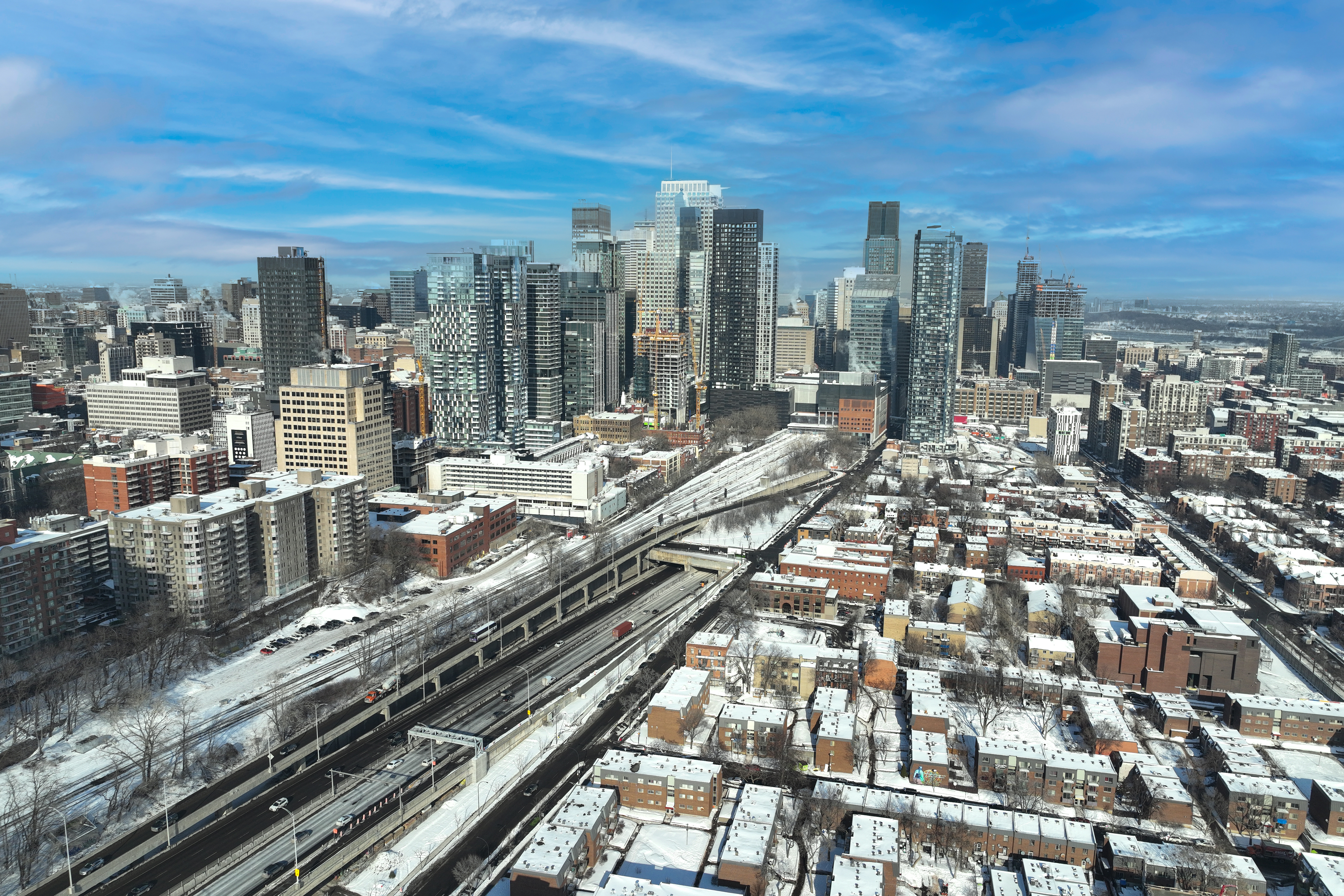How will the REM impact property prices?
The Réseau express métropolitain (REM) is the largest public transit project undertaken in
Quebec in the last fifty years[1].
This fully electric and automated light metro network will comprise 26 stations
along 67 kilometres of track through the greater Montreal area.
Many future homebuyers, attracted by a more mobile lifestyle, will be looking to buy a property near one of the new REM stations. But what impact will this public transit system have on property prices? Read the article for the answer!

1. Can we expect increased prices for properties located near a REM station?
The REM is not yet in operation. However, the first departures from the Brossard and Central stations are scheduled for 2023. It is therefore too early to assess how the real estate market near stations will fluctuate.
Nevertheless, several
experts – including Gérard Beaudet, urban planner and full professor at the
School of Urban Planning and Landscape Architecture, Université de Montréal –
believe that housing prices near REM stations could increase, as evidenced by
prices for properties located near a metro station.
2. What is the added value of a property close to a metro station?
According to a recent study by JLR Land Title Solutions, the price of condominiums located less than 500 metres from a metro station is 11.2% greater than those located between 2 and 4.5 kilometres from the same station. Moreover, prices for a residence located less than 2 kilometres from a metro station are 2.2% to 9% higher compared to one further away[2].
However, condominiums within one kilometre of a metro station are more affected by their
location than single-family homes. According to experts, the presence or absence of a
parking spot could explain the difference. Condominium buyers would be less
likely to own a vehicle and therefore would be more inclined to use public
transit.
The JLR study also
points out that properties located near a metro station that also hosts a
connecting REM station could experience even further price increases when the
new network goes into operation. According to Roseline Guèvremont, real estate
agent at Royal LePage, this could partly explain the enthusiasm for different Montreal
neighbourhoods[3].
3. What will be the impact of REM’s overhead tracks on nearby residences?
If the rise in property
prices can be impacted by proximity to a REM station, the situation is likely
to be very different for residences located near overhead rails. According to
Gérard Beaudet, the new infrastructure will probably cause some inconvenience –
including noise, loss of sunlight and an obstructed view – which could cause
prices to collapse[4]. That being said, promoters near REM construction
sites can already start to mitigate these inconveniences, and, at the same
time, optimize the value of their buildings.
Although it is still too early for conclusive data on the impact of the REM on nearby property prices, everything leads us to believe that the public transit network will considerably change the real estate portrait of the greater Montreal area. In short, this transformation could encourage future homebuyers to buy or rent a home in less popular neighbourhoods, knowing that they are only a 20-minute ride from downtown.
 The Largest Number of Homes for Sale
The Largest Number of Homes for Sale



